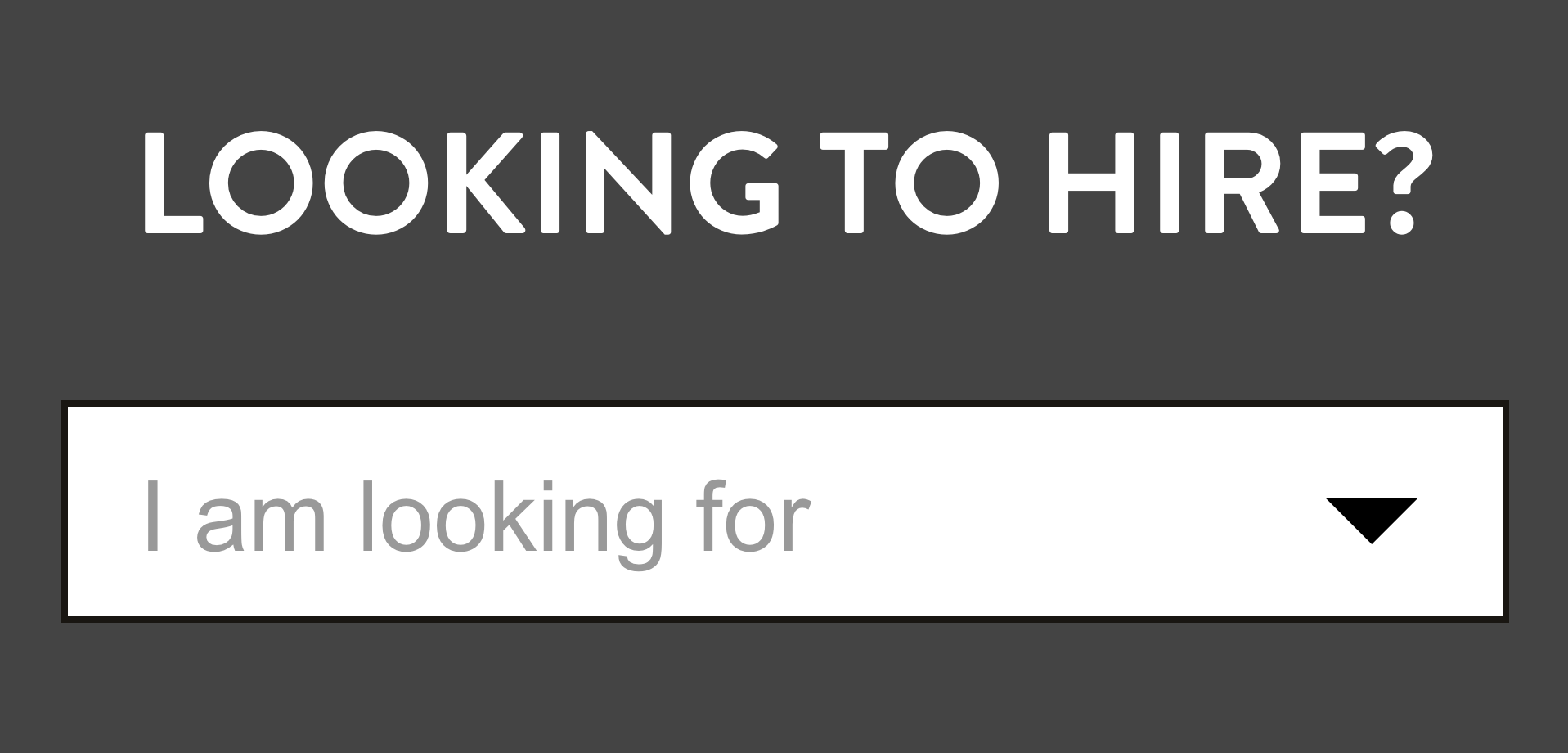User experience has become fully entrenched in the current business vernacular, with everyone from startups to Fortune 500s clamoring to hire user experience (UX) professionals. Yet this popularity hasn’t helped to clarify the roles or responsibilities of the illustrious UX professional. It can be difficult to understand the various types of expertise held by someone with UX in their title.
Defining UX roles and building out a UX team
Unfortunately, terminology for roles varies across companies, and there is no single universally accepted definition of user experience. The most comprehensive definition is offered by the User Experience Professional’s Association:
Every aspect of the user's interaction with a product, service, or company makes up the user's perceptions of the whole. User experience design as a discipline is concerned with all the elements that together make up that interface — including layout, visual design, text, brand, sound, and interaction. UX works to coordinate these elements to allow for the best possible interaction by users.
With that description, a successful UX team requires a wide range of skillsets, including:
- Understanding users, their context, and how well their needs are being met (often referred to as user research and usability)
- Planning the layout of information and the flow of a service (often referred to as information architecture)
- Designing the way that users progress from one step to another (often referred to as interaction design)
- Planning and writing copy and media content (often referred to as content strategy)
- Designing the interface or overall visual system (often referred to as visual design)
- The ability to pull all these elements together with a cohesive vision (often referred to as UX strategy)
Every UX professional needs to have a high-level understanding of each of these components, but may dabble in multiple areas of expertise or choose to specialize in one arena.
UX titles can be misleading
UX professionals come from a diverse set of backgrounds so no two will look the same. Remember that roles vary by company, so title alone is not a good indication of skill set.
For example, an interaction designer at a small company might be responsible for wireframing, prototyping, content development, and usability testing. At a large corporation, an interaction designer might have a more specialized role and focus solely on creating wireframes and prototypes.
There is a growing trend for companies to look for UX professionals with multiple skillsets, or even a single person who is expertly skilled in all of the many areas of UX. We often call these elusive creatures “UX unicorns.” While there are some very good generalists around, we usually recommend that teams hire well-rounded candidates with at least one area of deep expertise.
What UX professionals do
To best understand a person’s expertise, pay attention more to their daily tasks and deliverables than any title they’ve held. You can also reference this cheat sheet to get an overview of the skillsets within UX.
| User Researchers | Information Architects/ Interaction Designers | Visual Designers | Content Strategists | |
|---|---|---|---|---|
| Also known as | UX strategists, UX researchers, Usability testers, Usability engineers | UX Designers, UX Architects, Information designers, Interactive designers | UX Designers, UI designers, Interface designers, Graphic designers, Interactive designers | Taxonomists, Technical writers, UX Copywriters, Content designers |
| Common tasks/ deliverables | Usability tests and findings | Workflows | Comps | Taxonomies |
| Analytics reports | Wireframes | High-fidelity wireframes | Site structures | |
| Personas | Site maps | Prototypes | Metadata frameworks | |
| Scenarios | Content audits and inventories | Pattern libraries for items like navigation elements, links, calendars, etc. | Voice/tone guidelines | |
| Journey maps | Storyboards | Font selection | Establish content workflow | |
| Task analyses | Journey maps | SEO | ||
| Survey creation and analysis | Low-fidelity prototypes | Accessibility | ||
| Focus group findings | Sketches | |||
| Competitive audits | Card sorts | |||
| Taxonomies |
Evaluating UX candidates
Remember that the term user experience encompasses a wide range of skills and that each professional is likely to be a bit different. It can be helpful to have a partner capable of identifying and evaluating the best candidates, especially a partner familiar with the nuances of user experience. Feel free to reach out to Aquent to learn more about how they can help you.
About the author
Amanda Stockwell has a unique blend of UX process and research expertise and career advancement insight. She is the Vice President of User Experience at 352 inc., a full-service user experience, design, development, and marketing shop. At 352, she leads a team that provides user research, usability testing, and UX strategy services to a vast array of clients. She has extensive knowledge of in-person and remote research techniques and her expertise has helped companies new to user experience to assimilate user-centered design into their existing processes. Additionally, Amanda provides UX hiring and career advancement expertise. She has presented on the topic at several conferences and written related content for UXmatters, UXMag, HowDesign, and several blogs. She has a human factors background and an engineering degree from Tufts University.
Latest.

Temp-to-perm is the best way to hire today.
Hiring Insights

How to keep top talent: Strategies for successful onboarding
Hiring Insights, Ask Aquent, Training Resources

AI and the job search: What’s changed and how to come out on top
Technology, Job Seeker, Industry Trends



